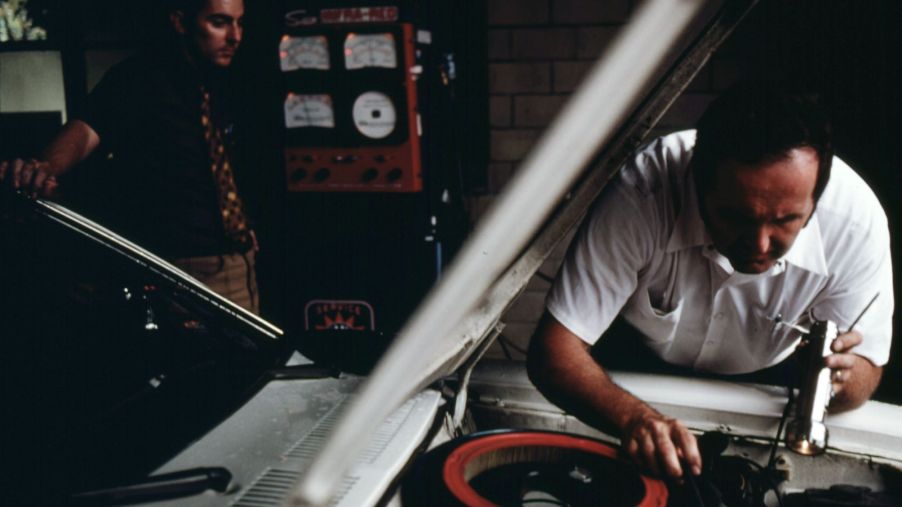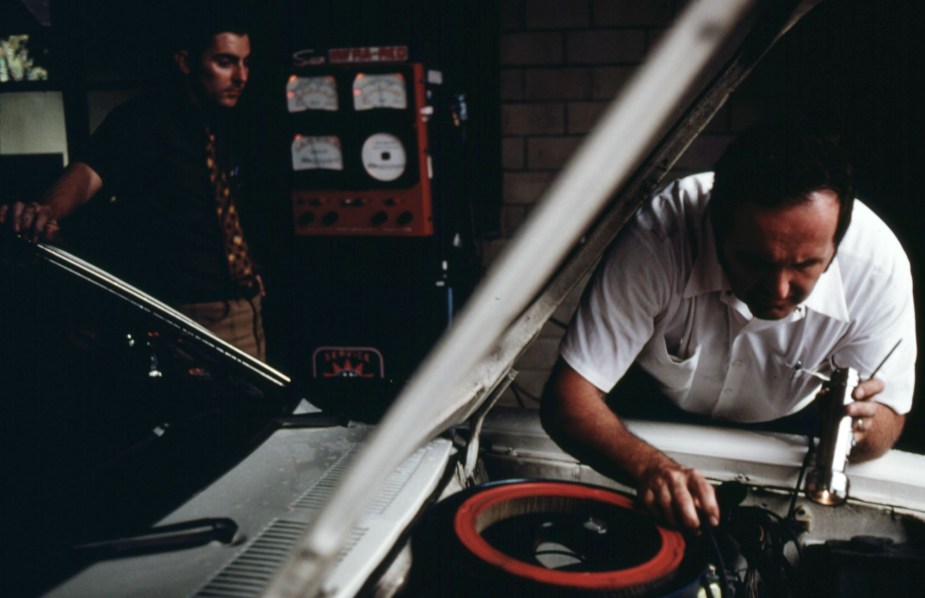
What Is a Mechanic’s Lien and How Do You Get Rid of It?
A car lien is a legally binding contract between a lienholder and the person who finances the purchase of a new or used vehicle. All financed vehicles have a lien on them, and the bank or financial institution that offers the loan is considered the lienholder.
Until the borrower pays back the loan in full, the lienholder retains ownership rights to the financed vehicle. If the borrower fails to make timely payments, the lienholder can repossess the car.
As the prices of new vehicles continue to rise, most consumers know how liens work in the car buying process. However, many people are unaware of what a mechanic’s lien is, often blindsided by its existence when attempting to purchase a used vehicle.
Understanding a vehicle lien

A car lien grants protection to lenders in the case of default when a borrower fails to make timely payments. The lienholder retains the vehicle title until the loan gets paid off in full. A lienholder can be a private lender, bank, credit union, car dealership, or other financial entity.
Auto insurance companies list the lienholder on auto policies, and most banks will require comprehensive coverage. As long as you are making monthly payments, you can drive the vehicle as you wish with no limitation.
When the loan gets paid off, the vehicle owner will receive a copy of the title in the mail, and the bank will no longer have rights to the automobile.
If you attempt to sell the financed vehicle, you must pay the lienholder the entire outstanding balance before someone else can retain ownership. Car and Driver pointed out that “You can sell a car with a lien, but the lender has the first right to any money you make on the sale. You cannot receive this money until you have paid the lender in full.”
What is a Mechanic’s Lien?
A mechanic’s lien has nothing to do with financing a vehicle. Instead, it is an involuntary lien placed on the vehicle’s title for failure to pay for services performed by an auto mechanic.
According to CarsDirect, “The mechanic or car dealership where you received service can ask for a court order to place a lien on your car. If they win, they’re listed as the second lienholder on the car’s title since your lender is the first lienholder.”
The mechanic’s lien is not removed until the outstanding balance listed on the judgment gets paid in full. If you attempt to sell the vehicle privately, you should always let the buyer know there is a lien on the car so they can get a clean title before making the purchase. Most car dealerships can handle the paperwork on your behalf when trading in a vehicle.
How to find out if you have a lien on a vehicle
According to iSeeCars, “Depending on your state, an unpaid mechanic’s lien gives the lienholder the right to sell your car at auction. Paying for your repairs is the only way to keep you from losing your car if a mechanic’s lien has been placed.”
When purchasing a vehicle from a private seller, always check to ensure there are no liens before proceeding with the transaction. A vehicle history report from services such as Carfax will list any outstanding liens.
You can provide the vehicle identification number (VIN) to your state’s Department of Motor Vehicles (DMV) to check for liens before completing the transaction. The DMV will be able to provide a comprehensive analysis of the title and lien information on the vehicle. There are plenty of online third-party vendors that can also do a title search for a small fee.


